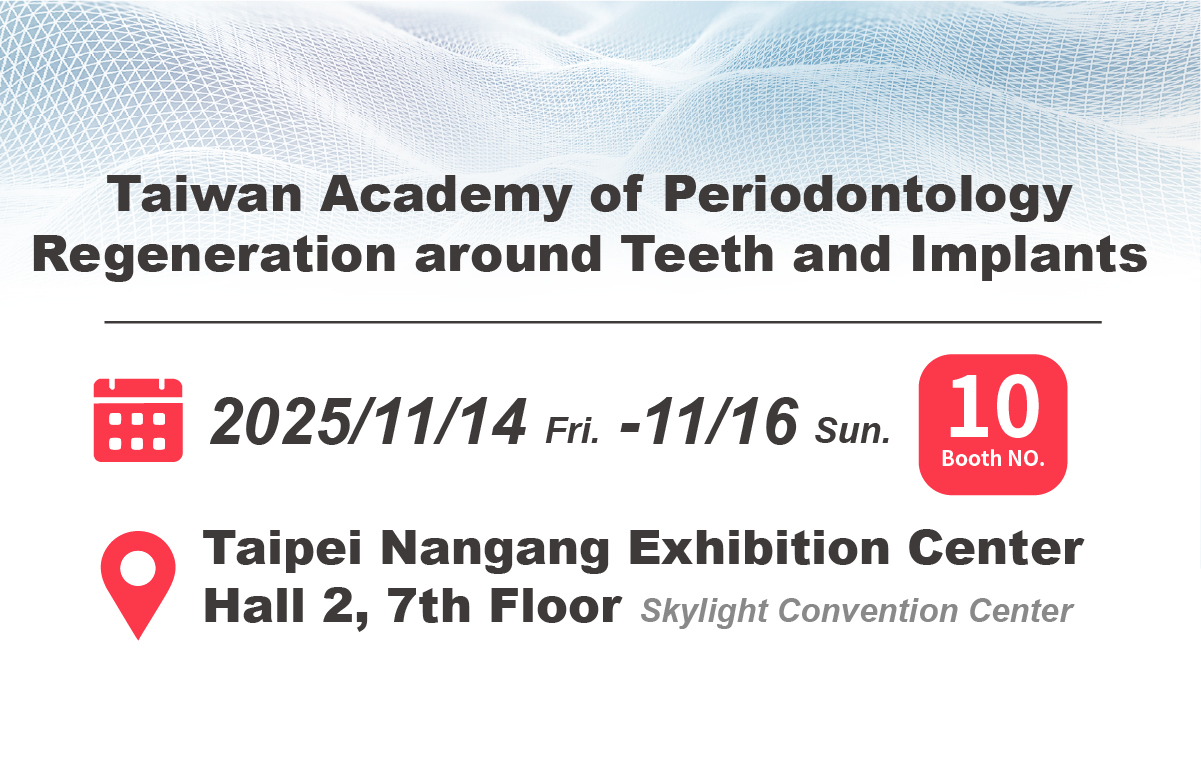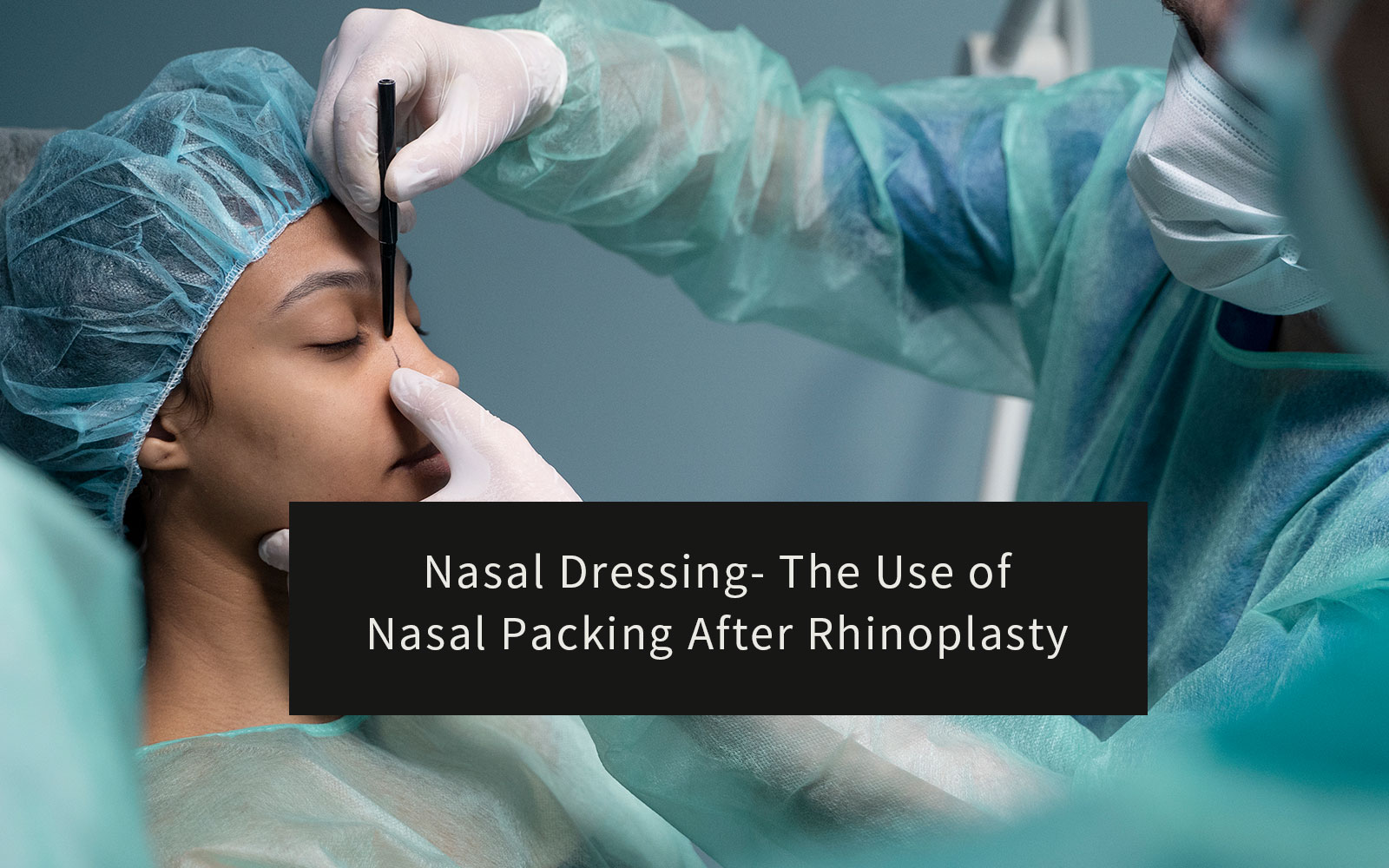Rhinoplasty is a surgical procedure designed to reshape or repair the nose for either cosmetic or functional purposes. Nasal packing plays a critical role in the recovery process following rhinoplasty, particularly in stabilizing the nasal structures and controlling bleeding. Whether the surgery is cosmetic or functional, understanding the different surgical approaches (open vs. closed rhinoplasty) and the use of nasal packing can help healthcare professionals manage patient recovery more effectively and ensure the best possible outcomes.
Table of Contents
Using Nasal Packing after Rhinoplasty
What is Nasal Packing?
Nasal packing involves placing materials inside the nasal cavities after rhinoplasty surgery. This practice is intended to manage bleeding, provide structural support, and prevent complications such as tissue adhesions.
The Role of Nasal Packing in Rhinoplasty
The primary functions of nasal packing after rhinoplasty are:
- Stabilize Nasal Structure and Shape
Nasal packing helps stabilize the nasal framework by providing support to the nasal bones and soft tissues, preventing them from shifting during the early stages of healing. This ensures that the shape of the nose remains intact and the results of the surgery are preserved. - Reduce Bleeding and Swelling
One of the key roles of nasal packing is to control bleeding. The packing absorbs blood and other fluids, helping to manage postoperative bleeding effectively. Additionally, it helps reduce swelling by applying gentle pressure, preventing excessive fluid accumulation in the nasal tissues. - Prevent Septal Hematoma
Nasal packing plays a crucial role in preventing septal hematoma, a condition where blood collects between the nasal septum and the surrounding tissues. The pressure applied by the packing minimizes the risk of blood pooling, which can lead to complications such as infection or cartilage damage. - Promote Healing and Safety Post-Surgery
By providing structural support, preventing adhesions, and reducing the risk of complications like septal hematoma, nasal packing promotes proper healing and ensures a safer recovery. It helps create a stable and controlled environment for the nasal tissues to heal, minimizing the chances of infection or other postoperative issues.
Types of Materials Used in Nasal Packing
Nasal dressings, also known as nasal packings, are used in various nasal surgeries to control bleeding, provide structural support, and prevent adhesions. The materials commonly used in nasal packing include:
- Traditional Materials: This category includes materials like gauze, cotton, and PVA sponges. These are not biodegradable and typically require manual removal, which can cause discomfort.
- Biodegradable Options: These materials, such as collagen, chitosan, and carboxymethyl cellulose (CMC), naturally dissolve over time. They help control bleeding, promote healing, and avoid the need for painful removal.
- Other Materials: This category includes silicone splints and hydrocolloid dressings, which are used for structural support or maintaining a moist healing environment but do not dissolve over time.
Open vs. Closed Rhinoplasty: Nasal Packing Considerations
Open Rhinoplasty:
Involves an incision across the columella, allowing greater visibility and access for complex surgeries. Nasal packing is typically used after rhinoplasty surgery for 24–48 hours to control bleeding and support the nasal structures during healing. Additional packing may be necessary due to the more extensive nature of the surgery.
Closed Rhinoplasty
All incisions are made inside the nostrils, leaving no external scars. It’s less invasive, with quicker recovery, but may limit access for more complex reshaping. Nasal packing is used here too, but the duration and extent of packing may be less compared to open rhinoplasty due to smaller incisions and less bleeding.
Using Rhinoplasty Packing vs. Not Using Packing: Comparing Surgical Outcomes
Nasal packing is not always necessary following rhinoplasty. It depends on factors like the amount of bleeding, the stability of nasal structures, and the surgeon’s judgment. If bleeding is minimal or the nasal structures are stable, packing may be omitted to improve patient comfort and speed up recovery. Conversely, in cases of significant bleeding or when additional support is needed, nasal packing can offer essential advantages.
Using Nasal Packing After Rhinoplasty:
- Healing Time: Nasal packing can stabilize the healing process, typically resulting in a recovery period of 4–6 weeks for most patients. By controlling bleeding and providing structural support, it ensures a more predictable and consistent recovery timeline.
- Patient Comfort: While traditional nasal packing can be uncomfortable, advanced materials like bioresorbable nasal packing minimize discomfort due to their self-disintegrating properties.
- Complications: Nasal packing helps prevent adhesions and other complications, contributing to a smoother recovery.
Not Using Nasal Packing After Rhinoplasty:
- Healing Time: Patients might initially feel more comfortable, but the absence of nasal packing often results in prolonged healing times, potentially extending to 6–8 weeks or more due to complications like bleeding or tissue adhesions.
- Patient Comfort: Avoiding nasal packing can enhance comfort immediately after surgery, but the lack of support might affect long-term outcomes.
- Complications: There is a higher risk of complications like bleeding and adhesions, which can impact the overall success of the surgery.
The decision to use nasal packing should balance patient comfort with the surgeon’s clinical judgment. While nasal packing helps manage bleeding and swelling, it can also cause discomfort and anxiety for some patients, especially when it needs to stay in place for several days. Thus, the choice to use nasal packing should be made collaboratively between the surgeon and patient, considering factors such as the complexity of the procedure, the patient’s health, and the expected healing process. This approach ensures optimal surgical outcomes while prioritizing the patient’s comfort during recovery.
Managing Recovery with Nasal Packing After Rhinoplasty
Proper post-operative care is essential for a smooth recovery after rhinoplasty, especially when nasal packing is used. By following guidelines and tips, patients can manage discomfort, swelling, and bleeding effectively, ensuring a quicker and more comfortable healing process.
Post-Operative Care Guidelines
When nasal packing is used, patients should follow specific care instructions for smooth recovery:
- Monitoring for Discomfort: Patients should be aware of discomfort, swelling, and bleeding.
- Hydration and Hygiene: Keeping the nasal area clean and hydrated is crucial for healing.
- Follow-Up Visits: Regular check-ups ensure proper healing and early detection of complications.
Managing Discomfort, Swelling, and Bleeding:
- Discomfort: Over-the-counter pain relievers can alleviate discomfort.
- Swelling: Apply cold compresses and keep the head elevated to reduce swelling.
- Bleeding: Immediate contact with the surgeon if bleeding persists.
Benefits of Modern Nasal Packing Materials
Modern nasal packing materials offer enhanced comfort compared to traditional gauze. Options include:
- Silicone-based Nasal packing: Flexible and soft, it reduces irritation while offering stable support.
- Absorbable nasal packing: Dissolves naturally over time, eliminating the need for removal and reducing trauma and infection risk.
- Hydrophilic foam: Helps absorb fluids and maintains moisture, reducing dryness and promoting quicker healing.
The decision to use nasal packing should balance patient comfort with the surgeon’s clinical judgment. While nasal packing helps manage bleeding and swelling, it can also cause discomfort and anxiety for some patients, especially when it needs to stay in place for several days. Thus, the choice to use nasal packing should be made collaboratively between the surgeon and patient, considering factors such as the complexity of the procedure, the patient’s health, and the expected healing process. This approach ensures optimal surgical outcomes while prioritizing the patient’s comfort during recovery.
When is Nasal Packing Removed After Rhinoplasty?
Nasal packing is typically removed after a certain period, which can vary depending on factors such as the extent of bleeding, healing progress, and the patient’s overall condition. In most cases, nasal packing is removed 24 to 48 hours after rhinoplasty.
The process of removing nasal packing can vary in terms of discomfort. Some individuals may experience mild discomfort or pressure during the removal, while others may find it more uncomfortable or painful. This discomfort can be particularly challenging with traditional nasal packing, which often requires a secondary procedure for removal if it becomes embedded or adheres too tightly to the nasal tissues.
After the removal of nasal packing, patients should continue to follow their surgeon’s care instructions to ensure proper healing:
- Cleaning: Gently clean the nasal area as instructed by the surgeon.
- Avoiding Strain: Avoid activities that might strain the nasal area, such as heavy lifting or vigorous exercise.
- Monitoring for Complications: Watch for signs of infection or other complications and contact the surgeon if any issues arise.
While traditional nasal packing has been effective, its removal can present challenges, such as potential discomfort and the need for additional procedures. This highlights the need for alternative solutions, like bioresorbable or self-disintegrating nasal dressings, which can minimize patient discomfort and reduce the likelihood of requiring further interventions.
Introducing NasoAid®: The Collagen Nasal Packing for Surgeons
NasoAid® is a next-generation bioresorbable nasal packing product that combines 70% collagen and 30% carboxymethyl cellulose (CMC), offering several advantages:
- Dual Hemostasis: Combines collagen and carboxymethyl cellulose (CMC) to effectively control bleeding by stabilizing blood clot formation.
- Wound Healing: Collagen provides a highly porous structure that supports tissue repair and accelerates wound healing, while carboxymethyl cellulose (CMC) offers moisturization, maintaining an optimal healing environment.
- Biocompatibility: Made from natural bovine collagen and carboxymethyl cellulose (CMC), ensuring safety and compatibility with nasal tissues. It complies with ISO 10993 standards, ensuring safety and effectiveness.
- Self-Fragmentation for Comfort: Begins to break down naturally within 24 hours, eliminating the need for painful manual removal and enhancing patient comfort.
While traditional nasal packing has been effective, its removal can present challenges, such as potential discomfort and the need for additional procedures. This highlights the need for alternative solutions, like bioresorbable or self-disintegrating nasal dressings, which can minimize patient discomfort and reduce the likelihood of requiring further interventions.
Choose the Right NasoAid® Size for Effective Post-Surgical Support
NasoAid® Intranasal Splint (Nasal Dressing) offers multiple size options, allowing medical professionals to select the most suitable fit based on patient needs and the affected area. Available in four sizes: 20mm x 20mm x 15mm, 40mm x 20mm x 15mm, 60mm x 20mm x 15mm, and 80mm x 20mm x 15mm, these variations help optimize patient outcomes and improve procedural efficiency.
Why NasoAid® Nasal Dressing is the Ideal Choice for Rhinoplasty Recovery?
These advanced features make NasoAid® an ideal choice for enhancing surgical outcomes while maximizing patient comfort and satisfaction in rhinoplasty procedures. What distinguishes NasoAid® is its 70% collagen-based composition, which not only enhances hemostasis but also accelerates wound healing, helping to shorten recovery time and reduce the risk of complications. Beyond rhinoplasty, NasoAid® is also suitable for various nasal surgeries, including septoplasty, turbinate reduction, and other procedures. Its versatile design offers comprehensive support, making it an effective solution for a range of nasal surgeries and enhancing patient comfort throughout recovery.










